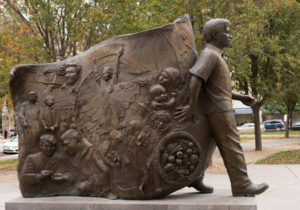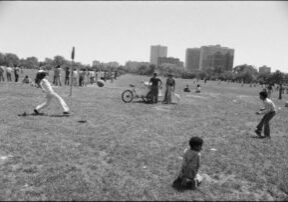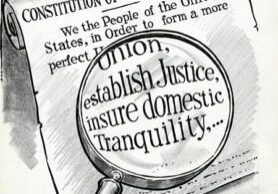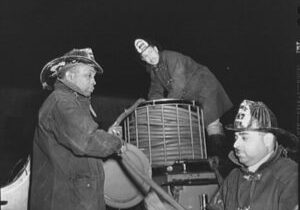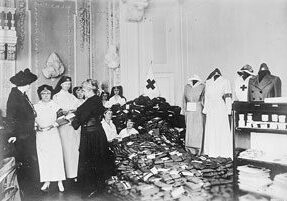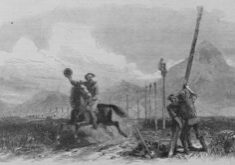Lesson Plans
Electromagnetism, Electric Communication, and Community
Students examine the science of communication and its role in building community in our country. Using the invention of the telegraph and what it meant for the unification of our nation, students look at the scientific elements of communication and the impact on people, then explore electromagnetism and electric communication by doing a hands-on activity to build and use their own telegraph machines out of household materials or by viewing a video on building a telegraph. Finally, students put the role of communication in community building into a broad and applicable context by evaluating the place of digital communication in today’s world.
- « Previous
- 1
- 2
Search
Subjects
Civics(17)
Social Studies(14)
English Language Arts(3)
Art(2)
Music(1)
Science(1)
Spanish(1)
Grades
Middle School(9)
Elementary(8)
Early Elementary(5)
High School(3)
